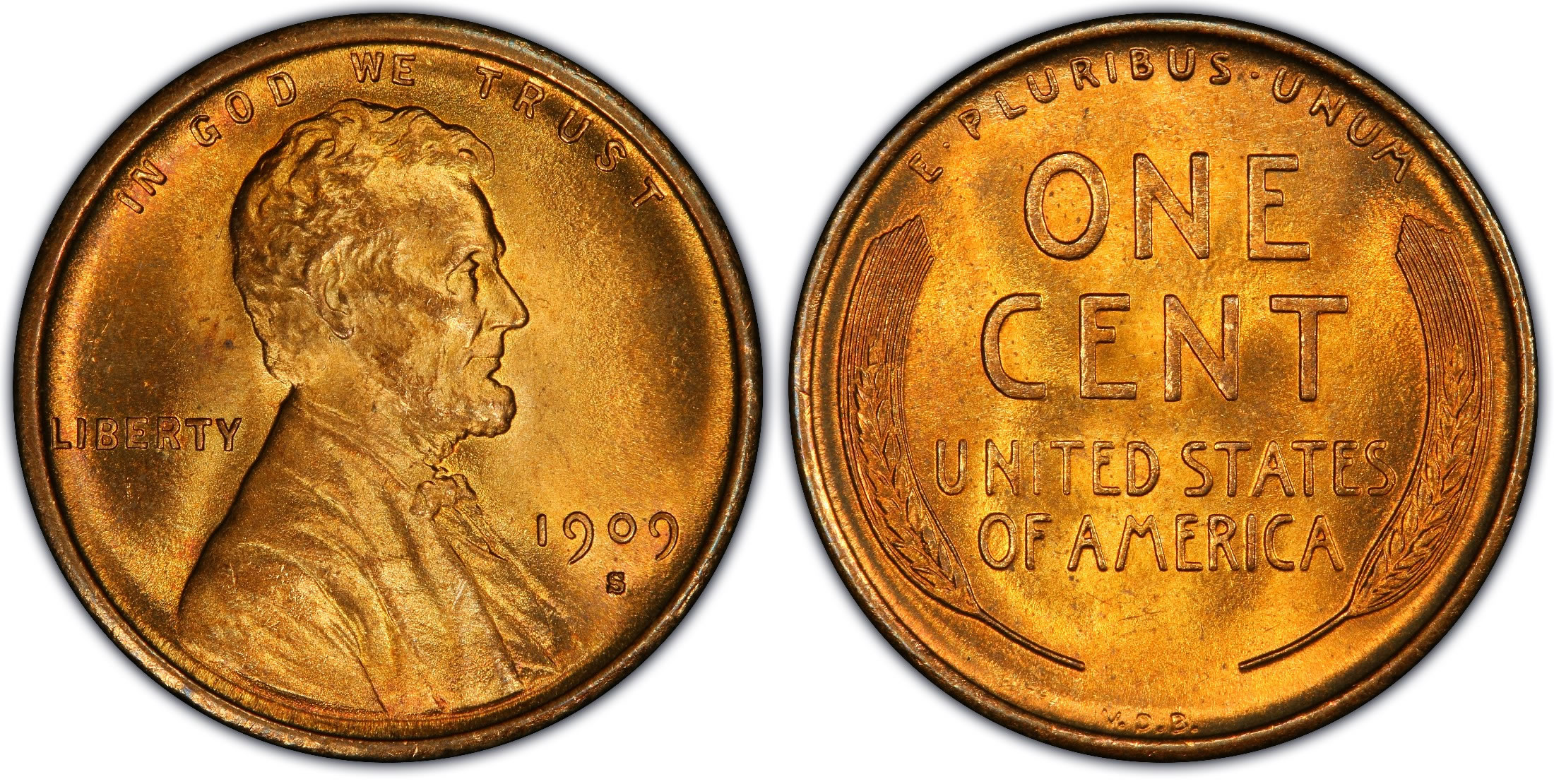Currency Deception
본문
The study analyzed the 2008 global financial crisis and its effect on public view in the United States. Prior to the crisis, counterfeit dollars were not a significant issue in the US. This was largely due to effective security features in genuine banknotes and successful law enforcement measures to curb counterfeiting. The public had little apprehension for dealing with counterfeit currency.
However, the financial crisis led to massive unemployment, decrease of income, and frustration among the US population. As a result, reports of counterfeit money began to surface in various parts of the country with mounting frequency. The majority of these counterfeits were poor and easily detectable. Surprisingly, public perception of counterfeit money for sale money underwent a significant change.
Before the crisis, the general public viewed counterfeit currency as an exotic and rare issue. Most people were uninformed of the risks or the methods used to produce counterfeit money. However, as the frequency of counterfeits increased, public awareness increased. People began to be cautious when dealing with large cash transactions, often making phone calls to verify authenticity before accepting payments.
However, a more interesting phenomenon was noticed in the aftermath of the crisis. Media outlets started to report on counterfeit money as a widespread issue, despite evidence suggesting that most counterfeits were low-quality and easily detectable. This coverage may have created a self-fulfilling prophecy, where the public began to exaggerate the severity of the issue.
A survey conducted at the time revealed an unpredicted outcome. Many respondents reported that they had encountered counterfeit money on multiple occasions. Upon further investigation, it was found that most of these incidents were misidentified genuine banknotes. The study suggests that this phenomenon may be linked to the biased information provided by media outlets. The public was primed to believe that counterfeit money was an issue, which led to the amplification of existing information and an erroneous understanding of the severity of the problem.

In conclusion, the study highlights the impact of external elements, such as economic changes, on public perception. As counterfeiting rates increased during the financial crisis, public awareness and perception of the issue also changed. However, the consequences of this shift led to the magnification of the risk, creating a false narrative of widespread counterfeit activity. The findings of this study underscore the importance of relating information when assessing public view and understanding the elements that shape it.
Ultimately, the case study indicates that public view can be shaped by external occurrences, even when the reality of the situation may be more complicated. This understanding can help media outlets create more accurate narratives that address the complications of a given issue, rather than relying on preconceived notions.


댓글목록0
댓글 포인트 안내